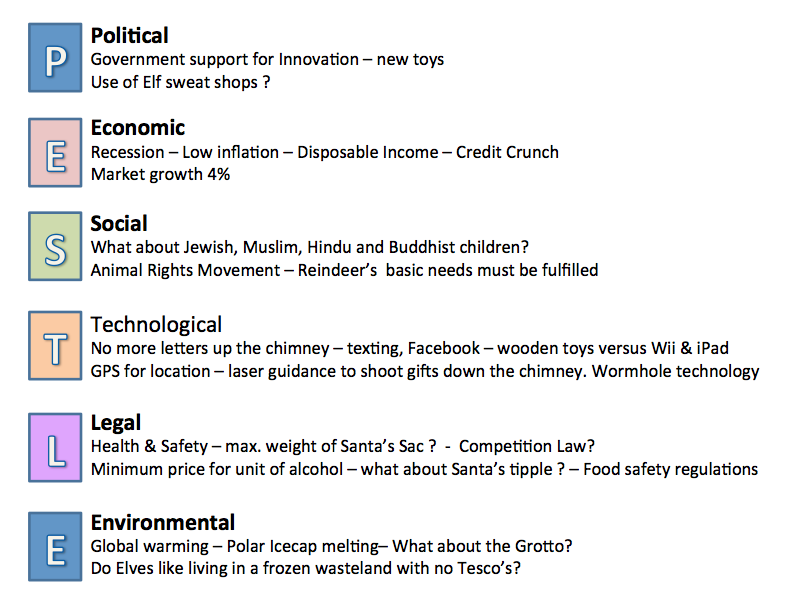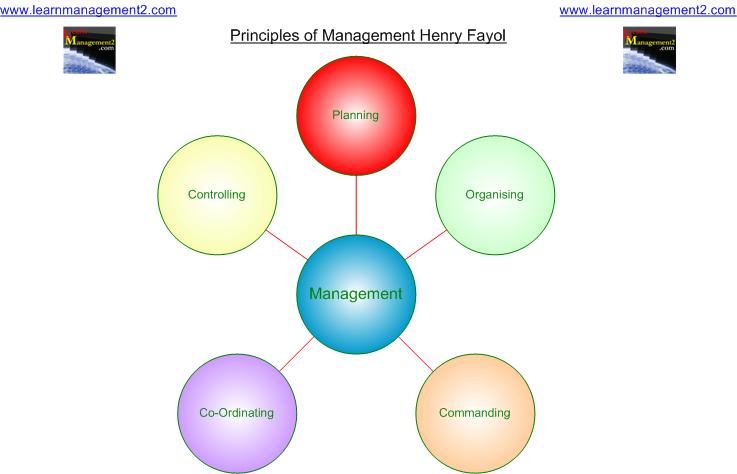Globalisation is the process by which the world is becoming increasingly interconnected as a result of massively increased trade and cultural exchange. Globalisation has increased the production of goods and services. Big companies have now turned into multinationals with productions facilities and subsidiaries all around the world. Globalisation has resulted in increased international trade giving birth to multinationals which operate in more than one country, with some even setting up production facilities in different parts of the world, mainly where they can find relaxed laws and cheap labour.
There are though, some problems with globalisation. The major problem is that because of increased globalisation, world economies have become interconnected. This is dangerous because if one major economy faces and economic meltdown, it will affect countries around the world. Trade agreements have been signed to mainly benefit Western countries and this is causing the rich to get richer and poor to get poorer.






